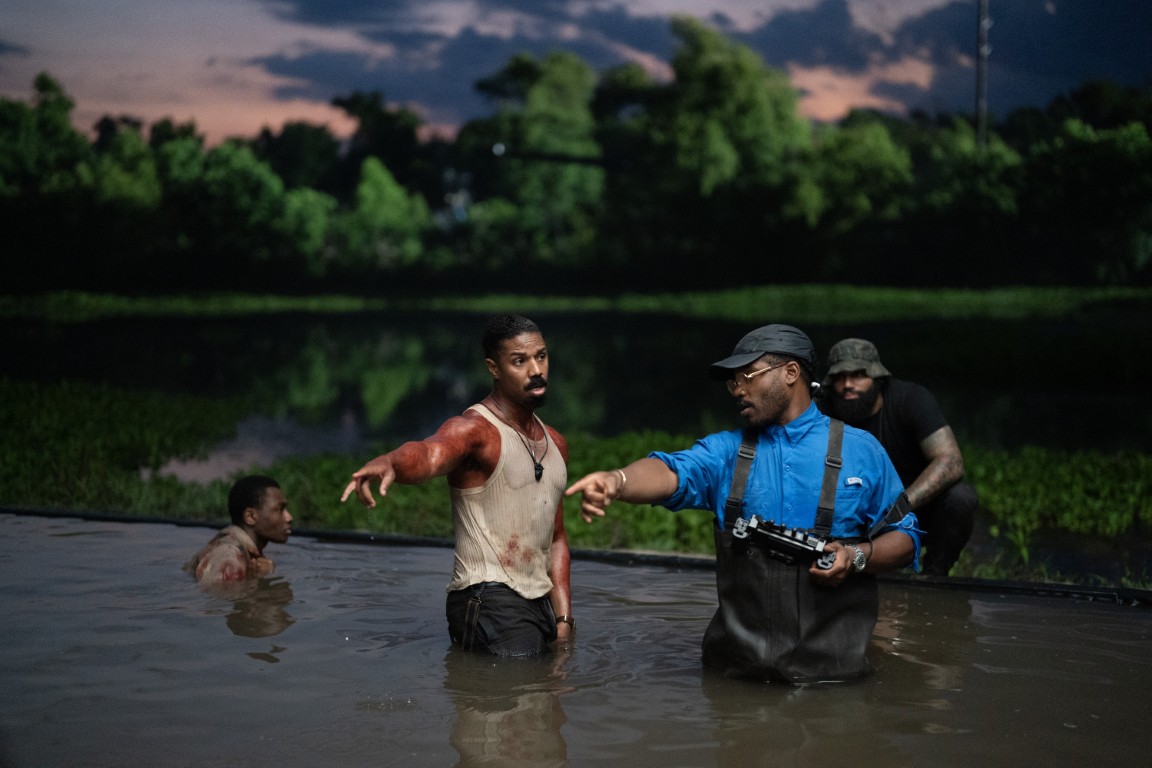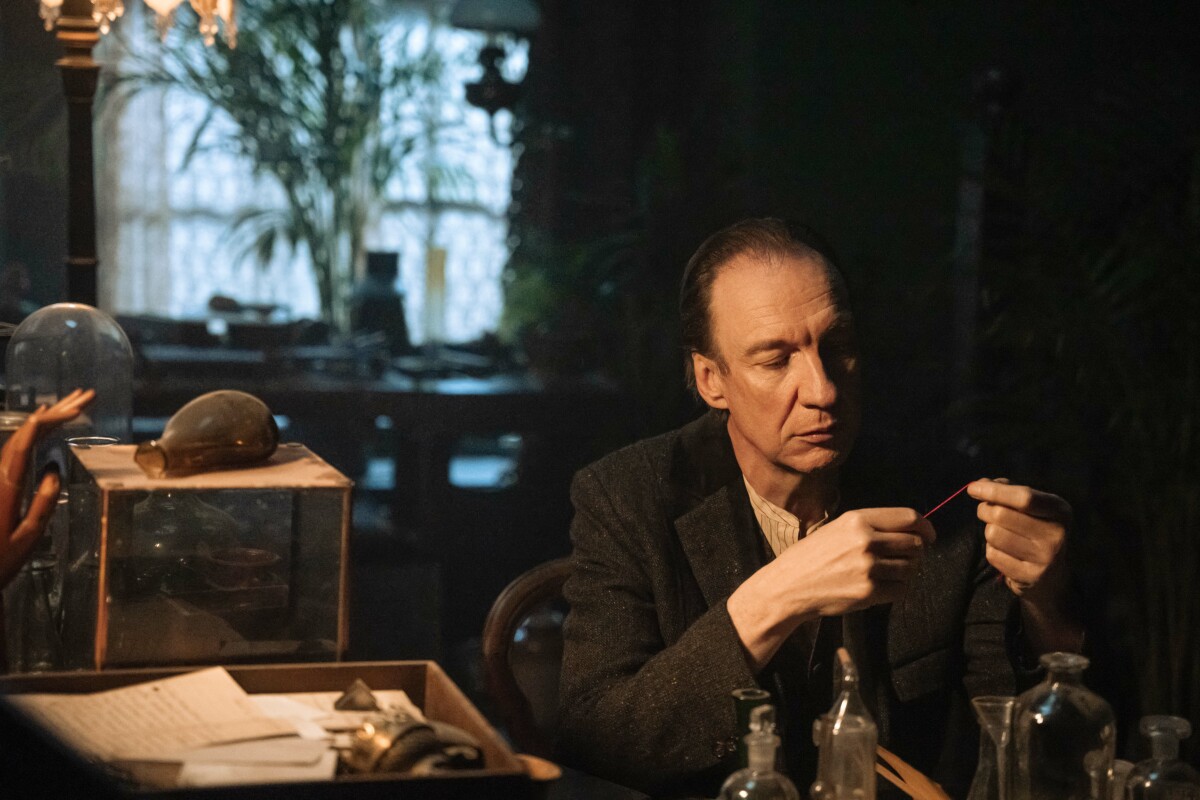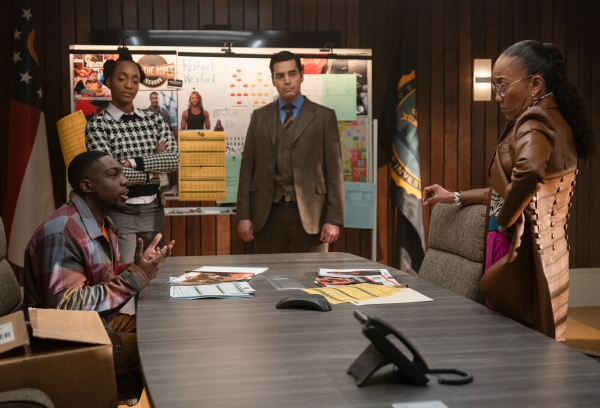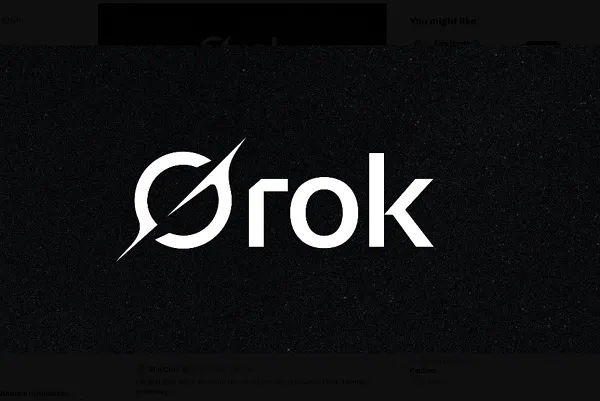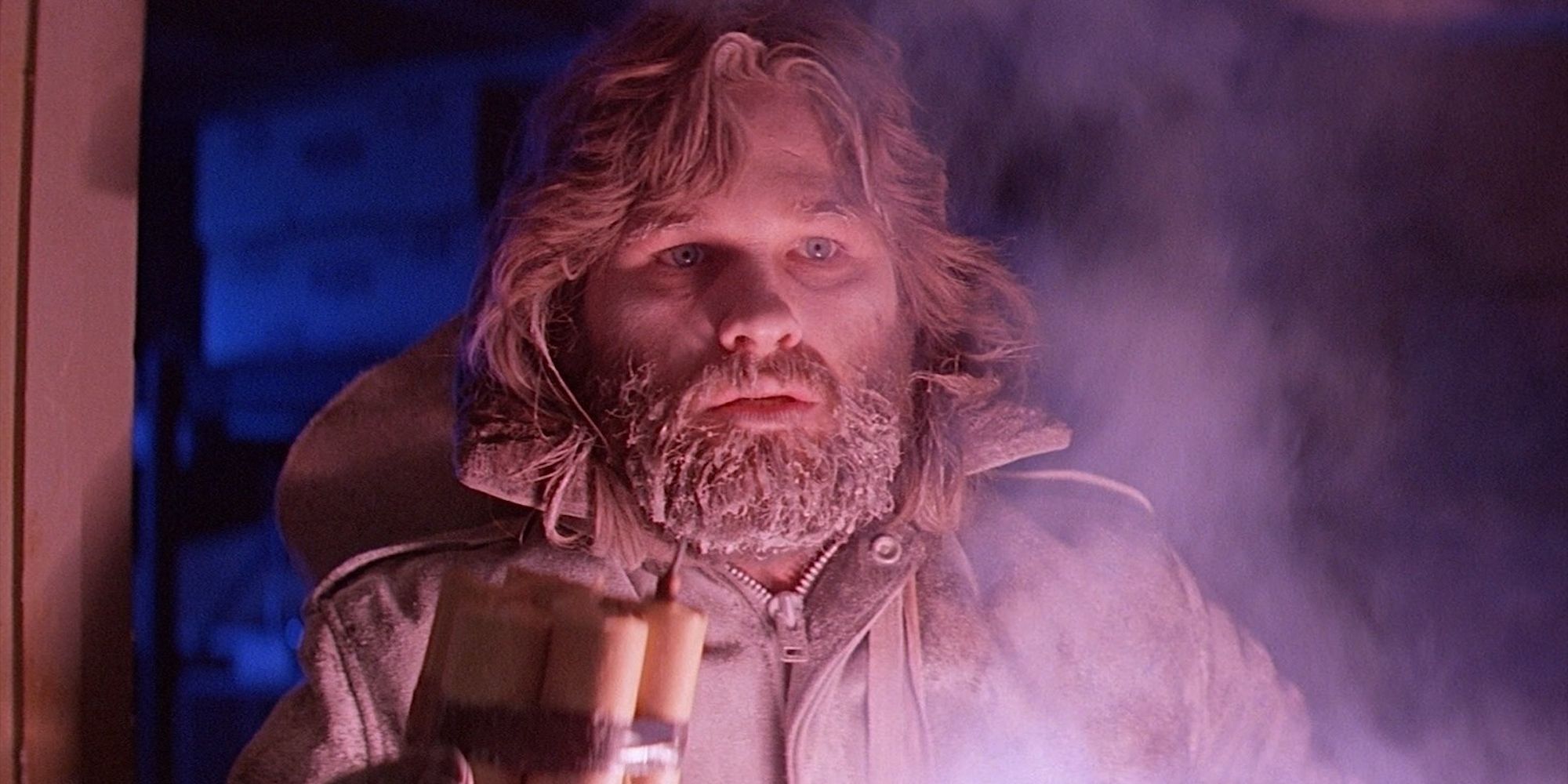As The Thing turns 40, it’s difficult to imagine a time when the sci-fi horror masterpiece was not regarded as a paradigm of ‘80s genre filmmaking. However, like many classics, the film was not understood at the time and was both a commercial and critical flop. Roger Ebert, who thought the film offered little beyond its special effects, called it “just a geek show, a gross-out movie in which teenagers can dare one another to watch the screen.” Much of this was down to poor timing as Carpenter theorized that The Thing’s nihilistic perspective imbued with equal amounts of anxiety and dread was not well-received while the nation was in the middle of an economic downturn. When the film opened, it was competing against Steven Spielberg’s E.T. the Extra-Terrestrial, which was released two weeks earlier and was a commercial hit that provided a more optimistic view of the world and was more positive towards possible interaction with alien lifeforms.
Upon reevaluation in the following years, The Thing became a cult classic and is now considered one of the most influential horror movies of the ‘80s. Fans fell in love with effects artist Rob Bottin’s creature designs. Even to this day, Bottin’s work consists of some of the most disturbing monsters ever put to screen with humans and animals morphing together into single beings, heads opening up only for voracious monsters to emerge, and limbs exploding into numerous legs and tentacles. However, what makes The Thing truly terrifying is the tension it builds when the characters realize that they may all be doomed to die isolated from the rest of society on their research base in Antarctica. Director Christian Nyby’s The Thing from Outer Space, a 1951 film adaptation of John Campbell’s short story “Who Goes There?”, focused on the external threat of the alien with the historical context of the Soviet Union potentially attacking American soil. In contrast, Carpenter holds a mirror to humanity by honing in on the internal conflicts of the men as they fight amongst each other as much as against the “Thing.” Here, the alien merely acts as an agitator that brings out the primal beast inside of everyone.
Midway through the film, helicopter pilot R.J. MacReady (Kurt Russell) says, “nobody trusts anybody now, and we’re all very tired.” He is recording his final thoughts so that if none of the crew survive, whoever might find them will know what happened. The film follows a group of American researchers whose base is invaded by the eponymous “Thing,” a parasitic alien that attacks its victims, assimilates their physical attributes at a cellular level, and then imitates them with their original memories and behaviors intact. No one in the group knows who is the “Thing,” allowing it to pick off the men one by one. This causes paranoia to run rampant across the camp and leads to the downfall of many of the men.
This sentiment of distrust may sound familiar in today’s context. It seems as if people are more divided on issues than ever before. What were once deemed fundamental human rights are now disputed across political lines in a system that benefits a select few over the collective whole. Regardless of whether it was intentional, John Carpenter’s film is an example of how science fiction can express the social conflicts of the time. These insecurities take on the shape of monsters, aliens, or other unknown beings, and just like the “Thing,” adapts to the new and modern paranoia. During the ‘80s, the story of a shape-shifting and vicious alien may have represented the anxiety of the Soviet and communist threat to America. The notion that the American ideal may be destroyed by a foreign force led to mass hysteria, causing the U.S. to launch initiatives like McCarthyism against alleged communists and bring about the Red Scare into the mainstream.
Likewise, if the film was released twenty years ago, it may relate to the threat of foreign terrorist groups and the resulting Patriot Act. The film also lands on more universal themes that can be applied to today. The idea that fear and paranoia can sever the bonds of companionship and community and prevent the ability of people to work together, especially during a crisis, is prevalent. In an age of distrust towards institutions, fear of one another, misinformation, and the pandemic, the themes of The Thing still ring true. The pandemic has led many to justifiably lose trust in the government’s capacity to help its citizens during a time of need. By leaving people alone to feel helpless in their attempts to return to a relative state of normality, actions perpetuated by fear such as COVID conspiracy theories and vaccine and mask resistance proliferate.
Save for the computer in the beginning of the film, there are noticeably no women present. For a horror film of this time period, it’s unusual to not have female characters to act either as a victim or an Alien-esque action hero. For all the manliness projected onto the screen, The Thing is actually critical of it. The men’s fragile egos, individualism, and aggression cause them to try to assert dominance over each other, leading to disagreement and infighting within the camp. These traits are most characteristic of the film’s hero, MacReady. He is the most paranoid and the least open to forming relationships. He establishes the theme that none of the men are trustworthy. Without empathy and collaboration, the men have no hope of defeating the “Thing,” and instead, much like in reality, they succumb to their paranoia and act out in fits of violence against each other.
In a film that embraces nihilism as much as The Thing, it may be difficult to see a silver lining in the deep-seated division among the men. However, Carpenter does offer hope through the ideas of empathy and collaboration mentioned previously. These qualities are the only way to effectively locate the “Thing.” Although this is never fully demonstrated during the film, it’s not too difficult to see the benefits of establishing trust within the group early on. While the ambiguous last action of the film of passing a bottle to a fellow survivor may be considered a resignation that either of the men could be the “Thing,” it can also be read as a way to reach out in a sign of trust. It demonstrates even through disaster, humanity, and therefore hope, remains. The past few years may feel to many as nothing short of a crisis, but Carpenter offers a possible solution where acts of humanity and kindness, even in the face of destruction, can make all the difference.





































